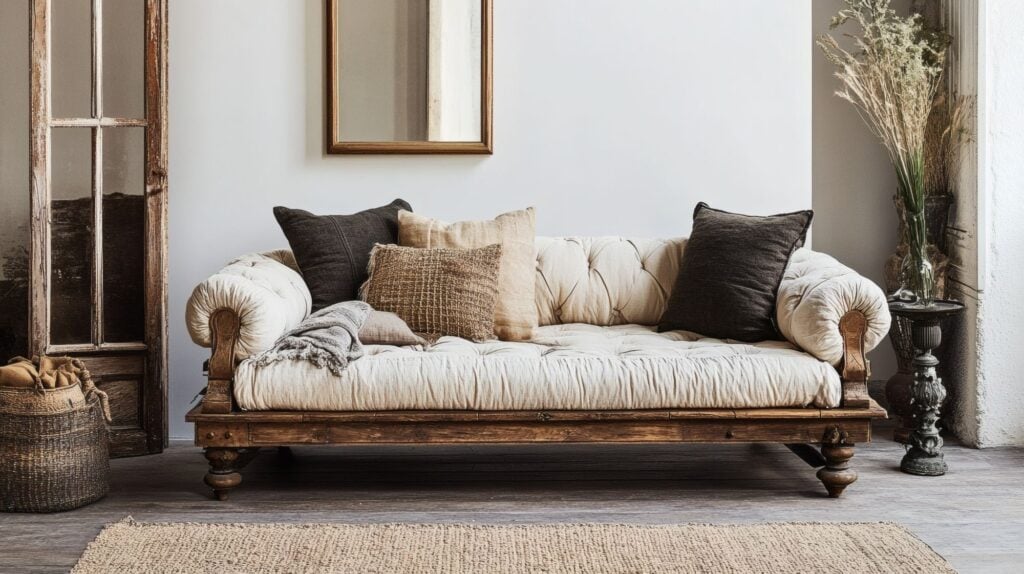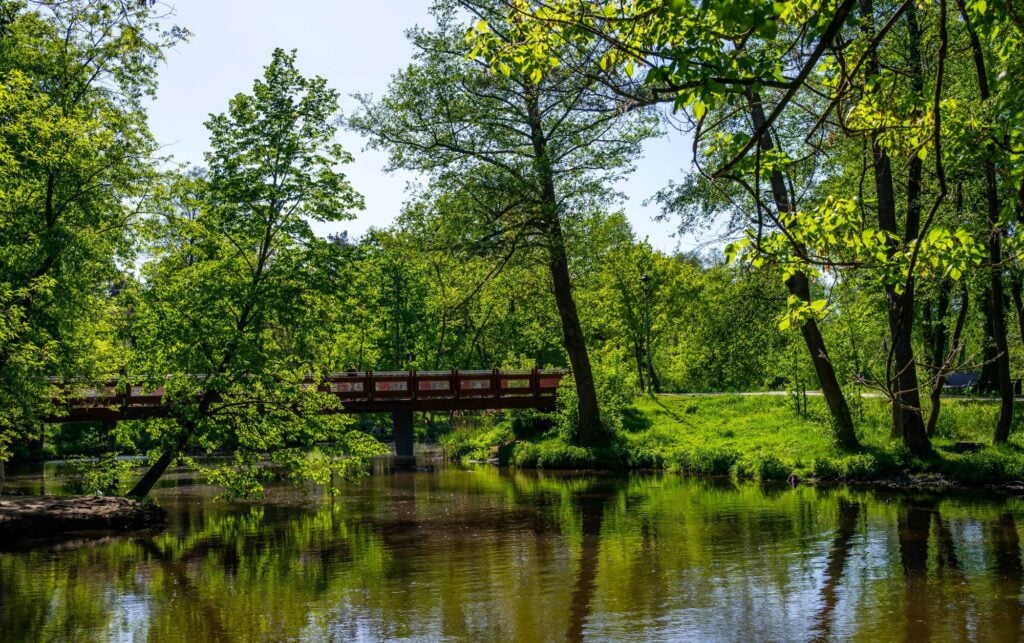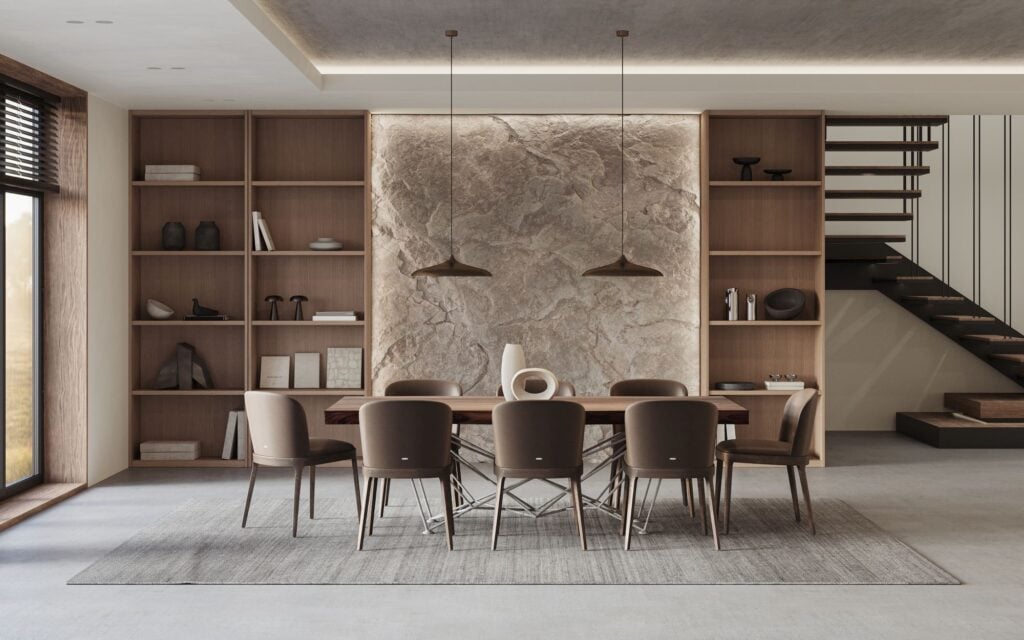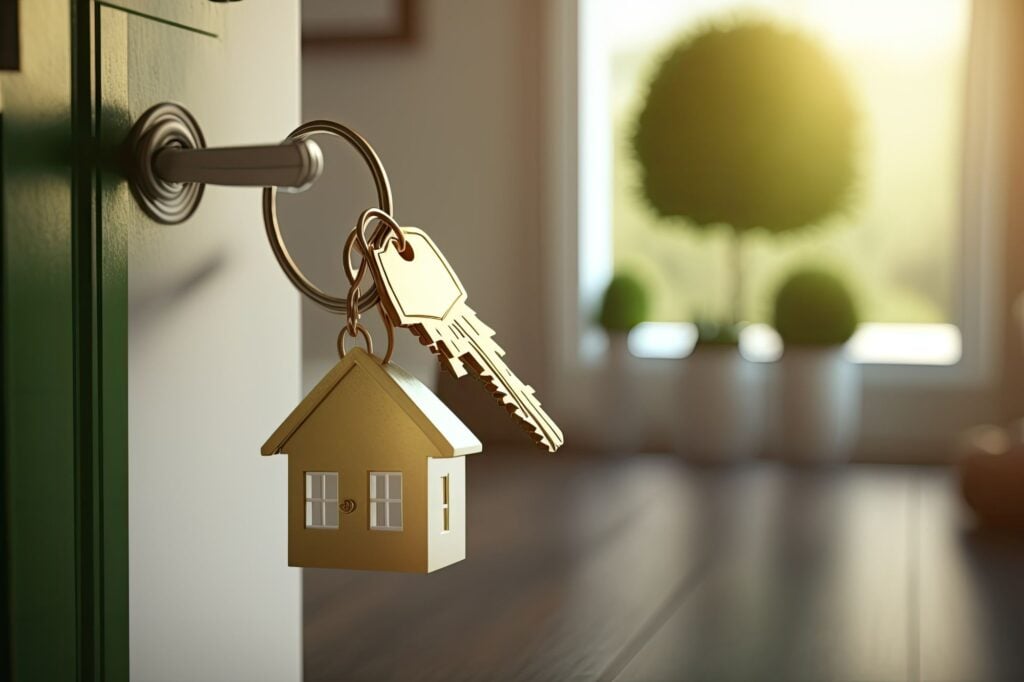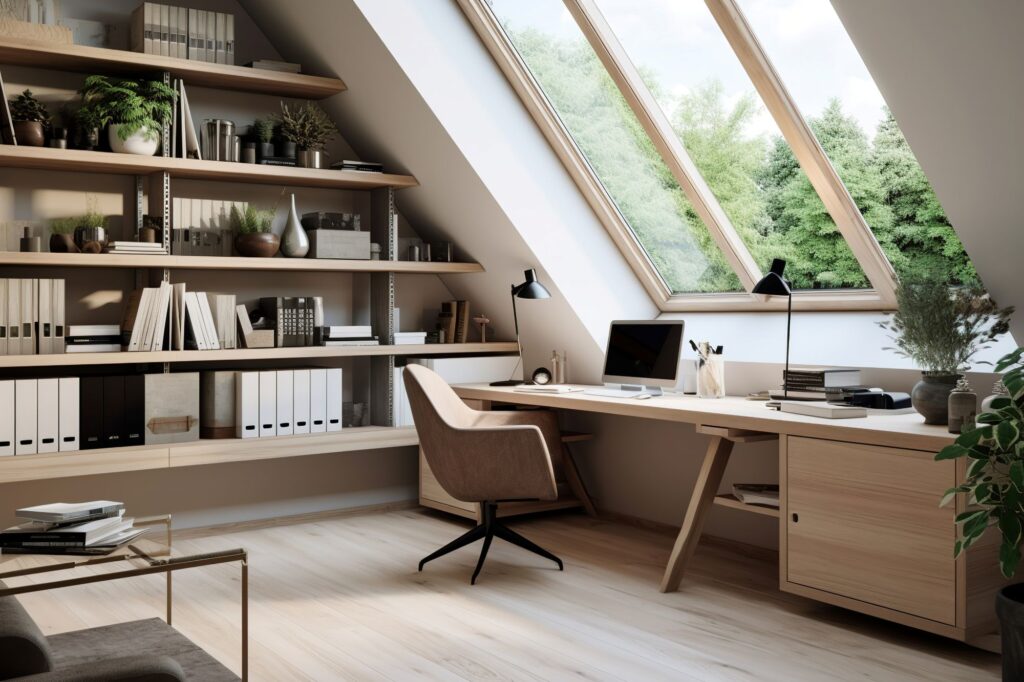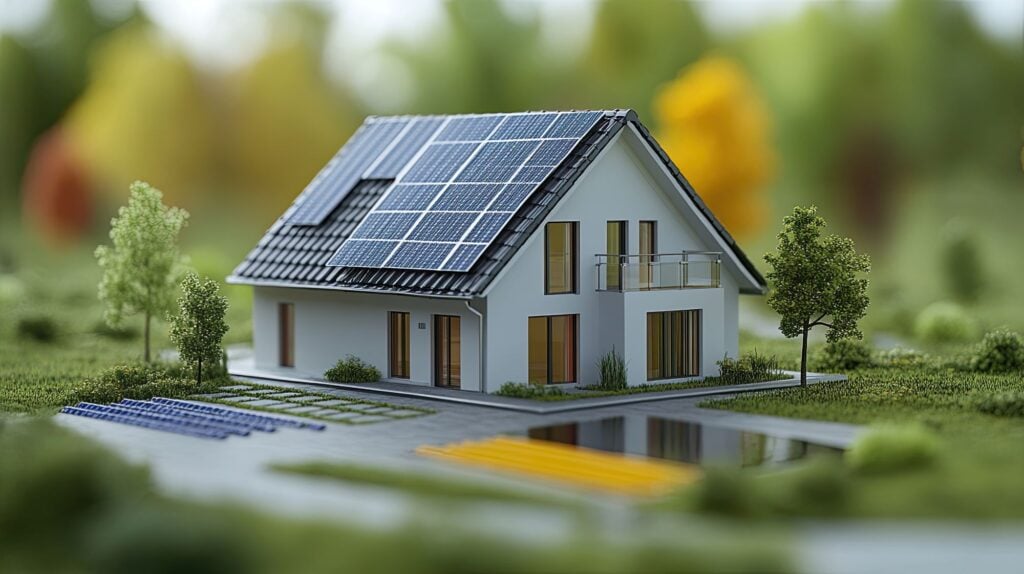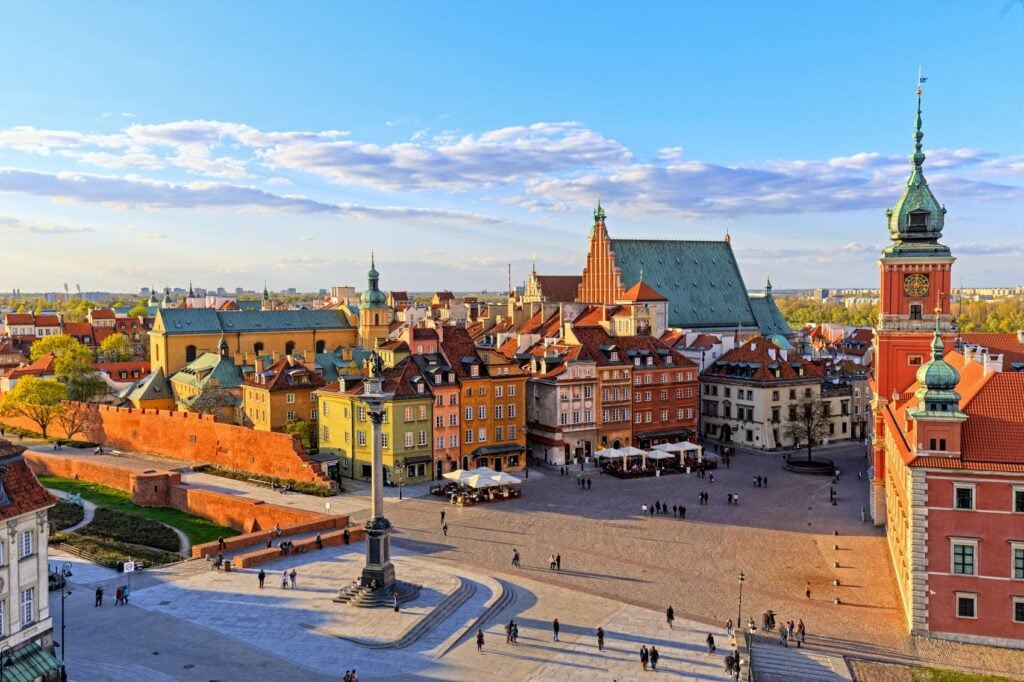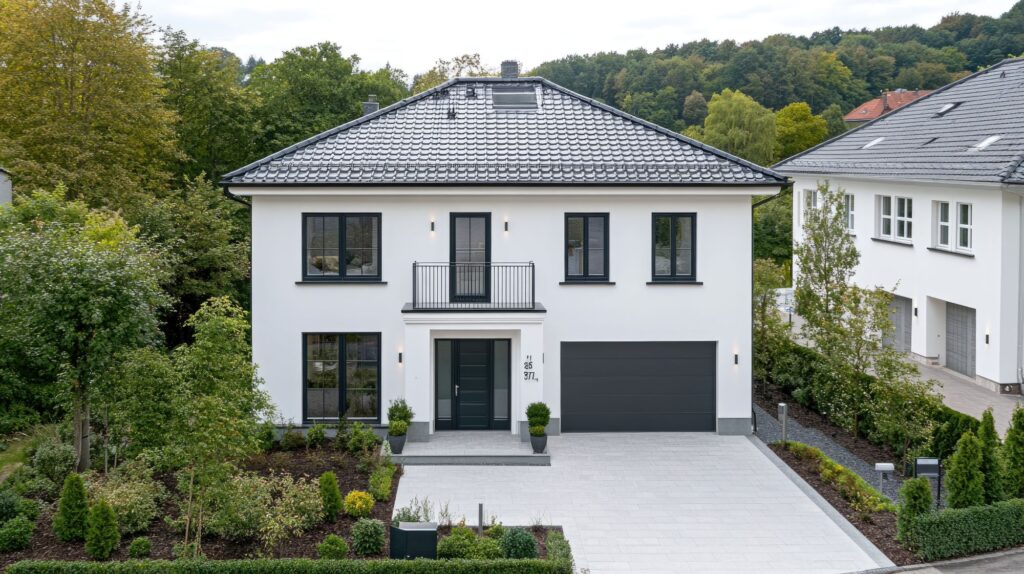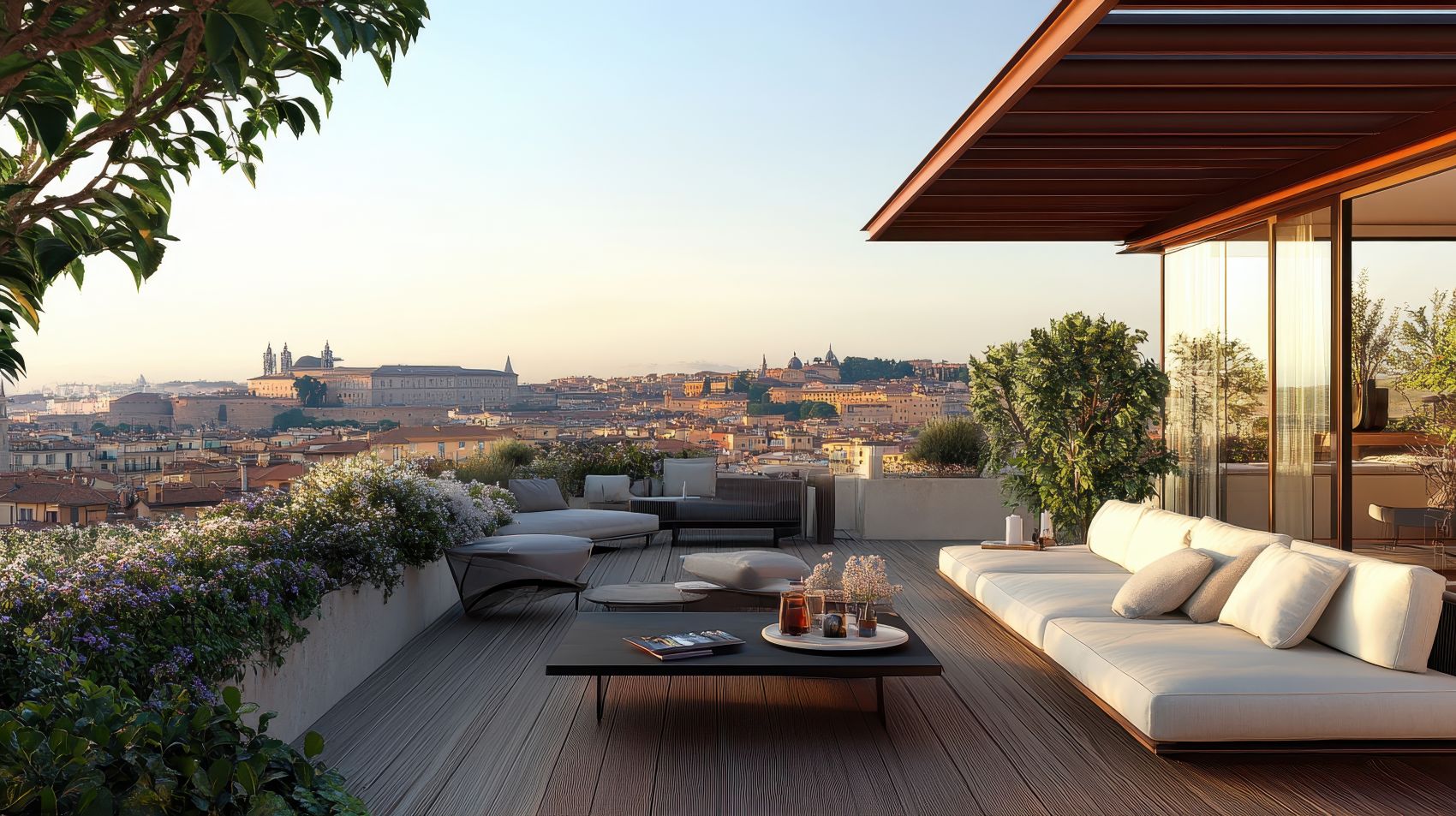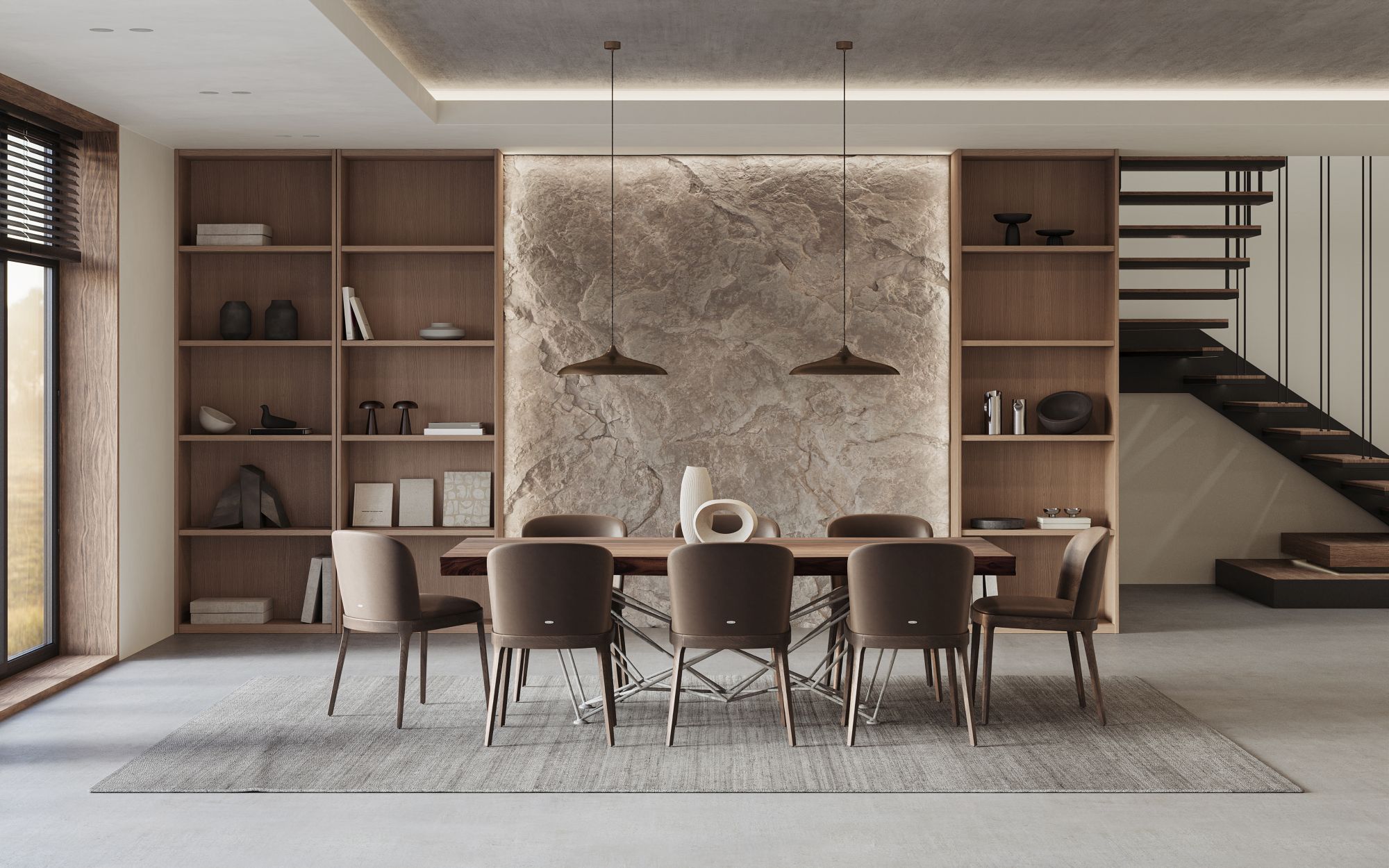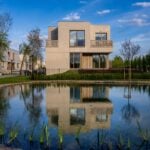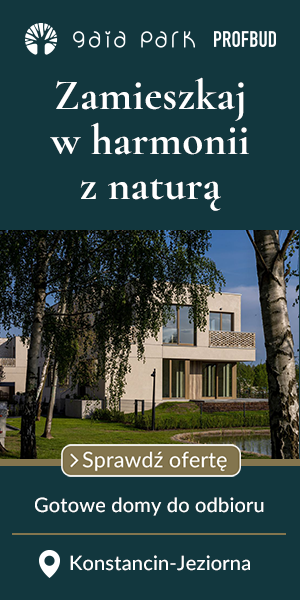Czytaj teraz: [ENG] Poland for Those Who Expect More. How to Find a Home That Combines Prestige, Peace, and Comfort
-
01
[ENG] Poland for Those Who Expect More. How to Find a Home That Combines Prestige, Peace, and Comfort
[ENG] Poland for Those Who Expect More. How to Find a Home That Combines Prestige, Peace, and Comfort

A home for the discerning doesn’t have to mean a villa with marble columns and a driveway for three cars. Today, it’s primarily a space designed around your needs—both everyday and long-term. A home is not just a place to live, but also a space for regeneration, work, study, relaxation, and connecting with nature. Expectations have shifted, and so has investor awareness. More and more often, you’re looking not for square meters, but for quality and lasting value.
In recent years, expectations for what a home should offer have changed dramatically. The pandemic highlighted the importance of private space and interior functionality. A house is no longer just a place to sleep. It has become a home office, gym, kindergarten, and a haven of relaxation all in one. Interest has grown in energy-efficient solutions, Smart Home technology, and well-thought-out layouts that allow for flexible use of space. Today, comfort means not only cozy furniture, but also good acoustics, air quality, natural light, and a seamless flow between indoor and outdoor spaces.
Location is also a key aspect of comfort. More and more people are unwilling to make compromises—you no longer want to choose between peace and access to infrastructure. You’re looking for a place that combines tranquility, safety, greenery, and fast access to work, school, the airport, or the city center.
And what about luxury? Does it still mean shiny floors and golden doorknobs? Not necessarily. While for some, “gold” may still signify prestige, an increasing number of conscious investors define luxury as durability, ergonomics, and material quality. To put it simply: instead of gold-plated handles—perhaps oak floors, wooden windows, and discreet intelligent home systems.
Because real luxury is the kind you don’t have to “turn on with a remote” every day.
Prestige, Peace, and Comfort – How to Combine These Qualities in One Location?
Finding a place that combines prestige, peace, and everyday convenience is no easy task.
Why? Because each of these qualities follows a different urban and market logic.
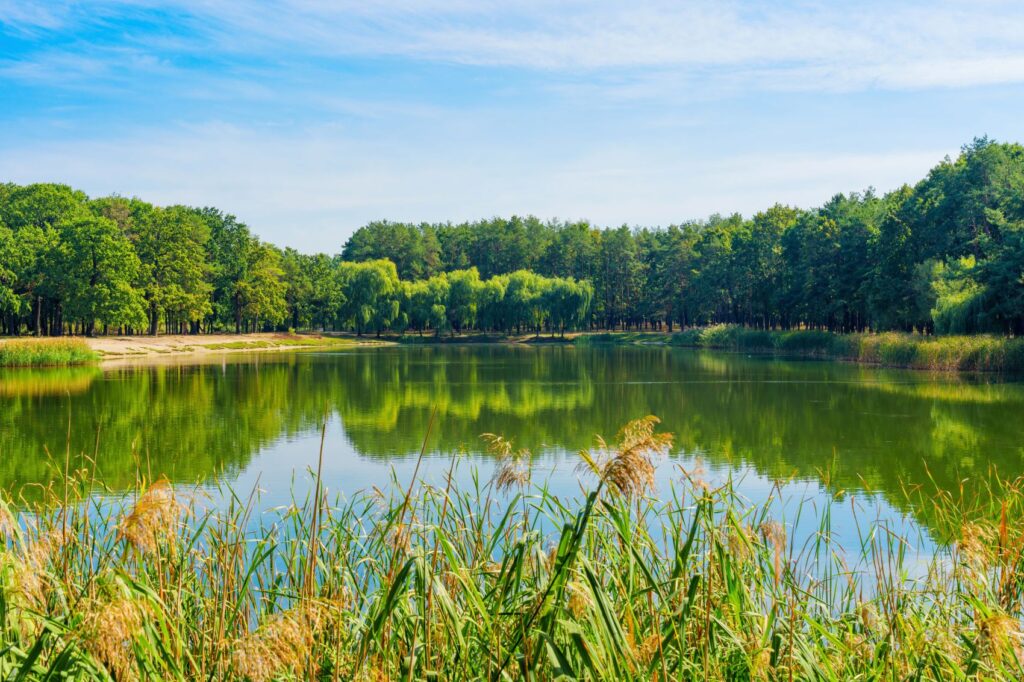
Prestige is typically associated with well-connected locations, reputable neighborhoods, and high standards of architecture. Peace, on the other hand, means distance from noise, natural surroundings, and lower traffic intensity. Convenience refers to access to infrastructure—shops, schools, kindergartens, healthcare facilities, and workplaces. Combining all three in one location requires thoughtful urban planning—and at times, compromises.
In Poland, such locations were rare just a decade ago. You could either live “prestigiously,” but in noisy, congested surroundings, or quietly and green—but far from the city. Today, the situation is changing. More and more developments are being designed in line with the principles of sustainable growth. New-generation urban planning takes into account the needs of residents on multiple levels—not only functional, but also social and emotional.
An example?
A growing number of developments are built based on so-called masterplans—comprehensive land-use concepts in which designers don’t just construct homes, but also plan the layout of roads, access to services, public greenery, and even local microclimates. Because yes, a microclimate is not just a buzzword from a travel brochure. It’s a real phenomenon that can directly affect your quality of life—well-designed green spaces, building orientation, and finishing materials can lower air temperatures in the summer by several degrees.
Responsible spatial planning also means minimizing functional conflicts. A well-designed neighborhood doesn’t need to compromise: it can offer access to a school, park, and grocery store while remaining quiet, safe, and visually appealing. Of course, this doesn’t happen on its own. These types of spaces are created where local governments take a long-term approach and developers invest not only in land but also in the broader environment.
So, if you’re looking for a location that truly brings together prestige, peace, and convenience—look where the space is planned, not just built up. Such an investment not only ensures a high standard of daily living, but also protects the long-term value of the property.
Warsaw – A Metropolis Moving Closer to Nature
If you’re looking for a place that offers both a prestigious address and the comfort of living close to nature, Warsaw may surprise you. For years, Poland’s capital was associated mainly with rapid urbanization, traffic jams, and high-density development. But today, the city is increasingly revealing a different face—a metropolis that consciously integrates green spaces into the urban fabric, develops infrastructure with care, and creates places for living, not just for residing.
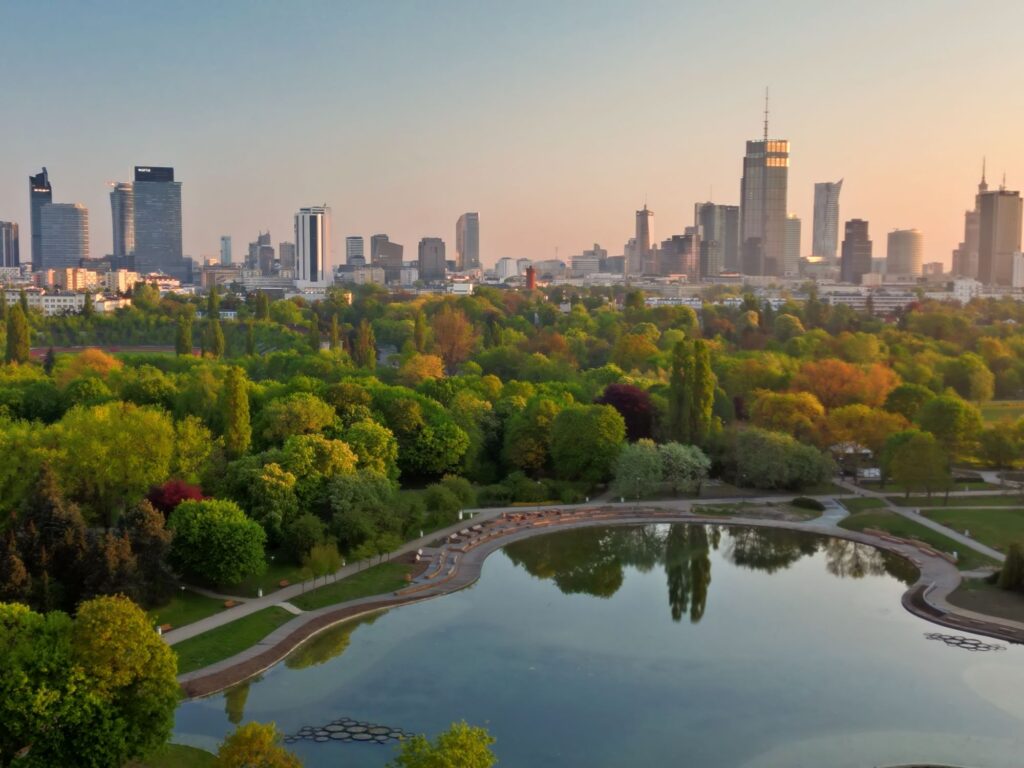
Why look for premium homes in Warsaw?
First – market stability. Warsaw’s real estate market is considered one of the most resilient to price fluctuations and shifts in economic cycles. Investing in a premium home in the capital is not only about comfort—it’s a smart long-term investment.
Second – access to top-tier infrastructure: reputable international schools, private medical facilities, an extensive transport network, and a rich cultural and culinary scene.
Third – surprising proximity to nature. Kabaty Forest, the expansive green areas of Mokotów and Wilanów—these are not just places for a walk, but natural buffer zones that offer thermal and acoustic comfort.
How Has Warsaw Evolved in Terms of Urban Planning?
Warsaw has learned from its past mistakes. The years of chaotic development are slowly giving way to more thoughtful urban strategies. This is evident in new single-family and villa estates, which are increasingly being developed with respect for local ecosystems, rainwater retention, and landscape integration. Districts that were once considered mere “bedroom communities” are now being reimagined as attractive premium living areas.
Examples of Districts That Blend Urban Life and Nature
- Wilanów is now synonymous with modern luxury. Here, you’ll find wide boulevards, low-rise housing, numerous bike paths, and international schools that attract families from around the world. All of this set amid vast green areas and just 20 minutes from the city center.
- Mokotów, especially its upper part, combines the elegance of pre-war architecture with the comfort of everyday life. High-end properties are often located right next to parks such as Pole Mokotowskie or Dreszer Park. Excellent public transportation—metro, trams, and major road connections—add even more value.
- Wawer and Radość offer a completely different experience—wooded enclaves where single-family homes with gardens dominate over row housing. It’s the perfect spot for those seeking a true connection with nature. But don’t let the rural feel fool you—getting to the city center by SKM train takes less than 30 minutes.
- Ursynów and Kabaty offer the ideal compromise—access to the metro combined with close proximity to the Kabaty Forest means you get the rhythm of the city along with the peace and greenery of a suburban retreat. High safety standards and numerous educational institutions further enhance the area’s appeal.
Warsaw today is no longer a city of compromises—it’s a city of conscious choices. Thanks to its growing infrastructure, improving urban standards, and a wide range of green locations, it now offers a real opportunity to live in a place that meets your expectations on many levels. If you’re looking for a space where prestige meets convenience, and daily life meets nature—the capital just might be the address you’ve been searching for.
How to Choose the Right Location? Questions You Need to Ask Yourself
Choosing the right location is a key stage in the search for a home that will meet your expectations—not only today, but also in five, ten, or even twenty years. Contrary to appearances, it’s not just about square footage or the prestige of a neighborhood. This decision directly impacts your daily quality of life—and sometimes even the level of stress you experience throughout the week. That’s why it’s worth asking yourself a few very specific questions—and answering them honestly.
Do you need quick access to the city center?
At first glance, this may seem like an obvious question. But it’s important to consider what “proximity to the center” actually means for you—is it a 10-minute drive, or being within walking distance of a metro station? A home in a prestigious location with limited access to main roads may become a source of daily frustration. On the other hand, if you work remotely and don’t need to commute downtown every day, you can afford more space and greenery—even at the cost of a longer occasional commute.
How much time are you willing to spend commuting?
Think realistically: how many minutes a day are you willing to spend traveling to work, your child’s school, or extracurricular activities? Thirty minutes one way may seem acceptable, but that’s already an hour a day—five hours a week. Over time, it can start to wear on you. Locations with access to SKM trains, the metro, or well-planned road infrastructure often outperform “greener” but poorly connected districts.
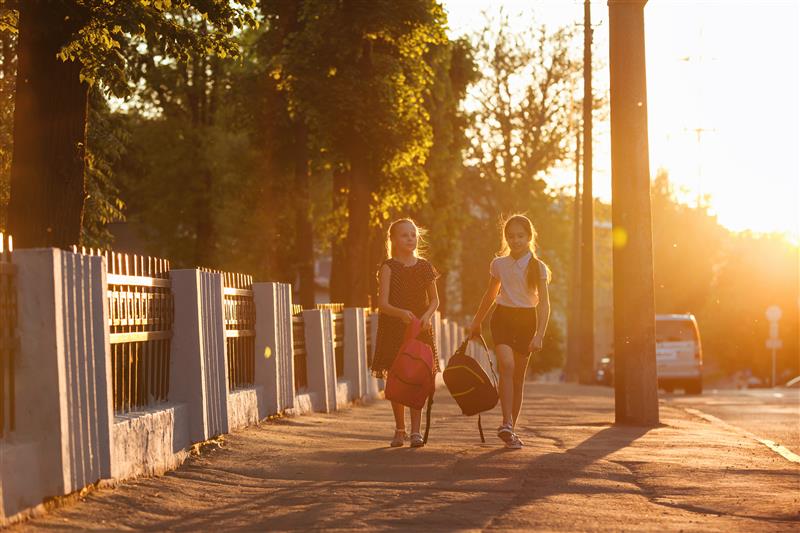
Do you need an international school for your children?
For families with children—especially those returning from abroad or whose kids are educated in a foreign language—this is a key factor. Wilanów, Sadyba, and Mokotów are districts with a high concentration of respected international schools. It’s also worth remembering that commuting to school often becomes a logistical task for the whole family, not just the child.
How important is proximity to nature for you?
This isn’t just about having a pleasant view from your terrace. Proximity to green spaces has a real impact on air quality, microclimate, and—your well-being. Daily walks surrounded by greenery are a completely different experience than sitting in traffic on a bridge. If natural surroundings are a priority for you, consider districts like Wawer, Ursynów, Radość, or Białołęka Dworska. In some of these places, the forest can literally begin at your fence.
Are you planning to work remotely?
This question has become more relevant than ever in recent years. If you already work from home (or plan to), it’s worth viewing the location through the lens of work comfort: peace and quiet, fiber-optic internet access, and the possibility of setting up a dedicated home office. Areas further from the city center but with strong digital infrastructure and a tranquil atmosphere can be a better choice than noisy central districts.
What’s more—if you work remotely, a home with a large terrace, garden, or conservatory can double as a second office. This isn’t a luxury—it’s an investment in your mental health and productivity. And the layout of the house should reflect that—a well-defined workspace is becoming an essential feature.
A well-chosen location is never a coincidence—it’s the result of thoughtful analysis. Don’t rely solely on friends’ opinions or the popularity of a district on social media. Take a piece of paper and write down your actual needs. Compare them with reality—commute times, budget, your daily rhythm. Only then should you start looking at specific properties. This approach can save you from many disappointments—and help you find a home you’ll truly want to return to.
Types of Housing – What Does the Market Offer for the Selective Buyer?
Choosing a type of housing is not just a matter of taste or aesthetics. It’s a decision that directly impacts your everyday comfort, how you use your space, the level of privacy you enjoy—and, let’s be honest, your maintenance costs as well. Each type of property has its pros and cons, and the Polish market—especially in major metropolitan areas like Warsaw—now offers a broad range of options for buyers who know what they want. Here’s an overview of the most important choices.
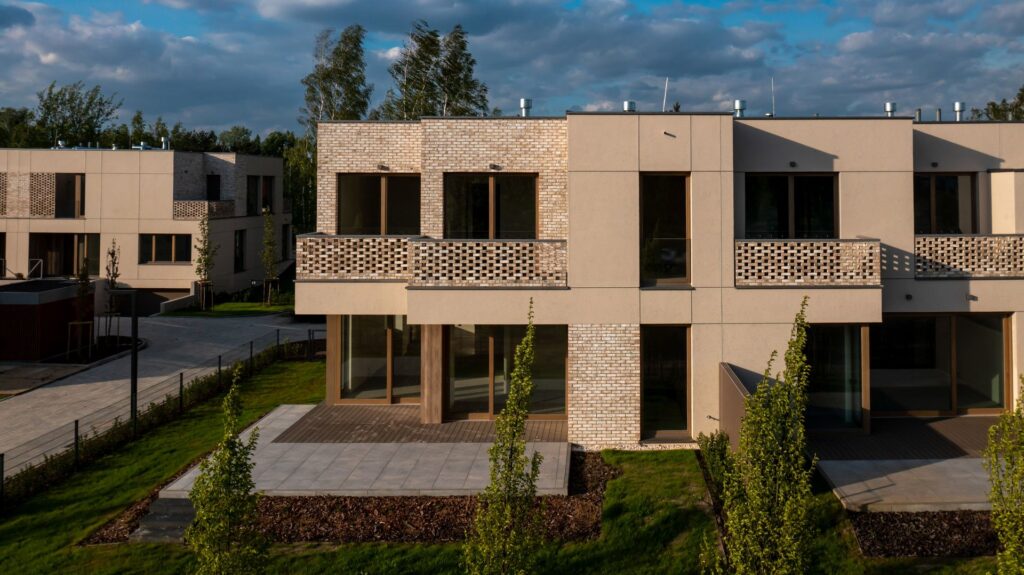
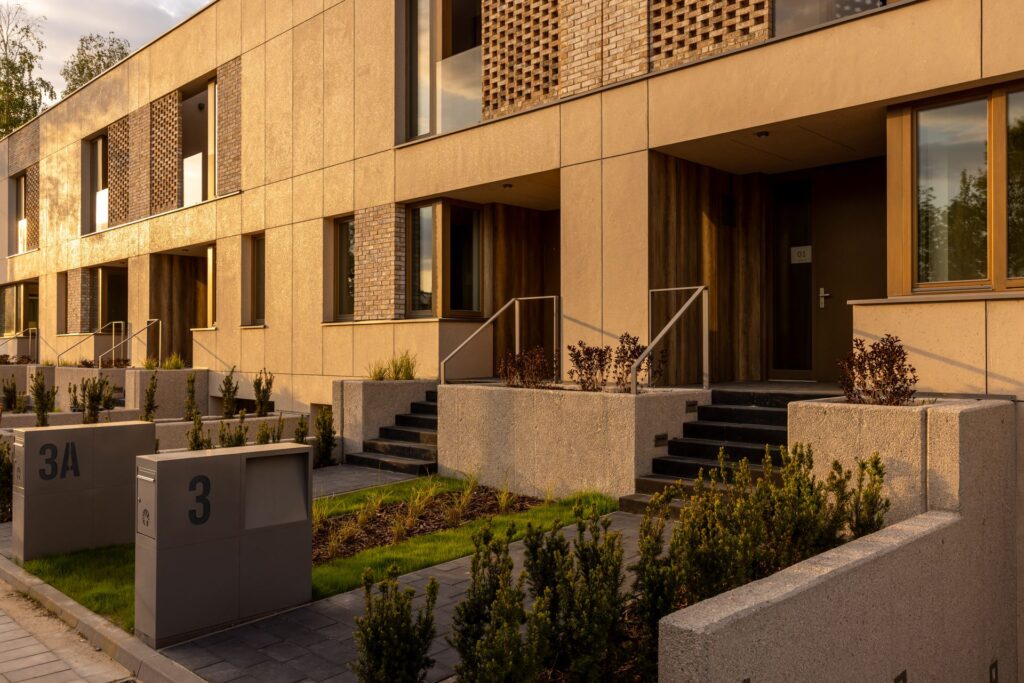
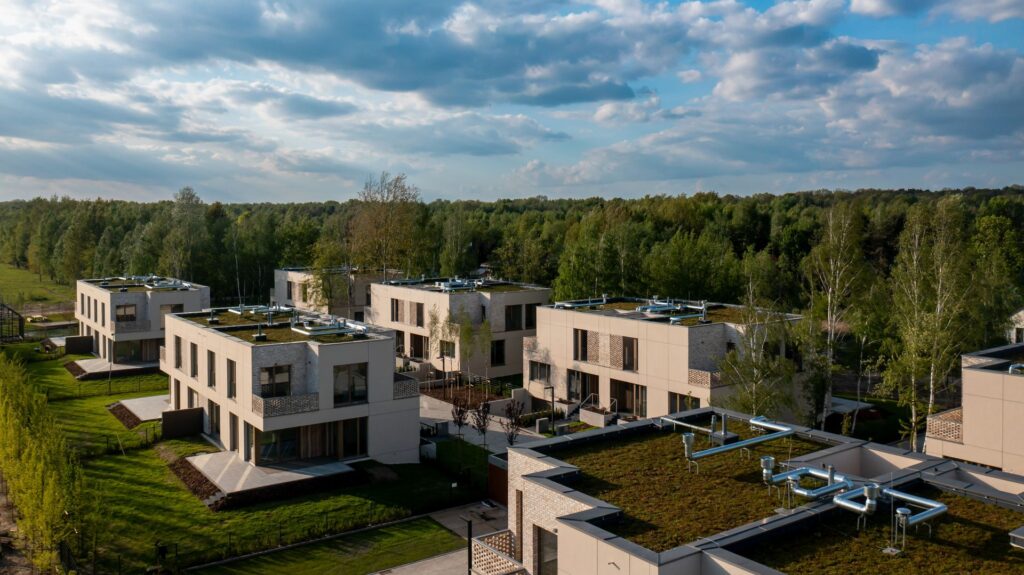
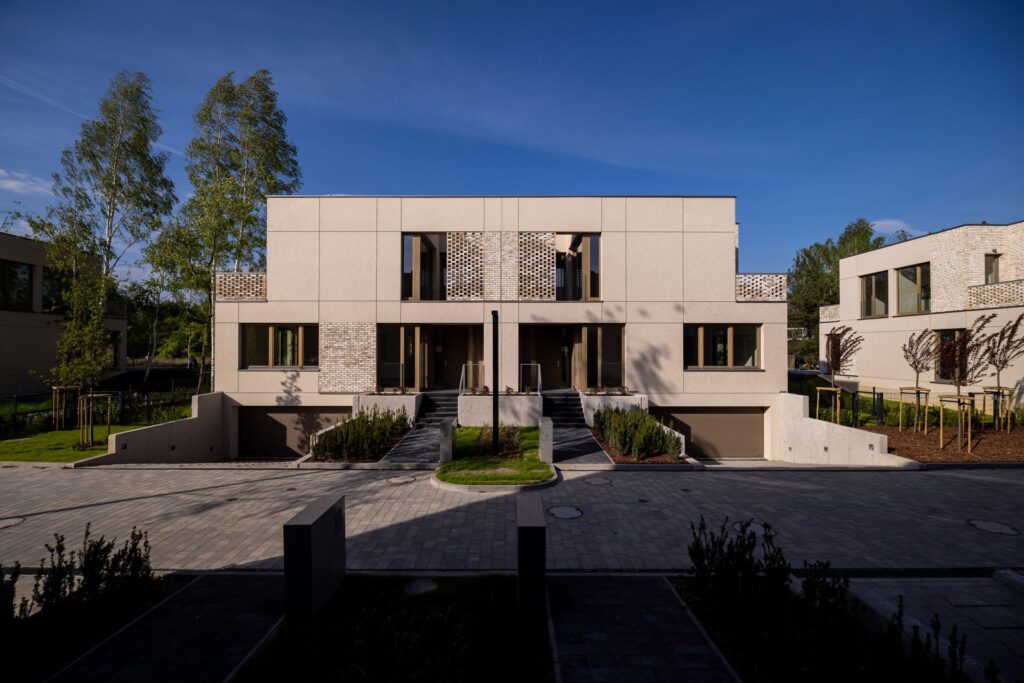
Detached House – When Does It Make Sense?
A detached house is synonymous with independence. A private garden, no shared walls with neighbors, and the freedom to shape your space as you like—these are the features that attract discerning buyers. Choosing this type of home means full control over your environment, with greater potential for customization—such as a separate home office, a nanny’s room, or a private spa area.
Best for:
Those who value maximum privacy, peace, and independence—including control over utility decisions (e.g. their own heat pump, no shared homeowners’ association).
Considerations:
• Higher construction and maintenance costs (heating, upkeep, taxes) and the need to actively manage the property—from snow removal to servicing installations.
Terraced House (Row House) – A Compromise Between Privacy and Price
Row housing is a smart option for those seeking the functionality of a standalone home at a more accessible price point. These properties often come with private gardens, garages, and a full two-floor layout with living and sleeping zones—but share side walls with neighbors.
Best for:
Families who want to own their space but don’t need a large plot of land. Also great for those who prefer more central locations, where single-family homes are scarce and expensive.
Pros:
• Relatively low purchase price while maintaining many of the advantages of a detached home. Often part of communities with additional infrastructure (playgrounds, security, surveillance).
Cons:
• Less freedom in garden design and sound insulation. Ask the developer specifically about acoustic parameters—differences can be significant.
Semi-Detached House – Independence with One Shared Wall
A semi-detached home combines features of both row and detached houses. You only share one wall, and the plot is usually larger than in terraced housing. This form is becoming increasingly popular in premium locations around Warsaw.
Best for:
People who want a garden, independent garage, and more space at a moderate price—but don’t mind sharing one wall with a neighbor.
Common in districts like Wilanów, Wawer, and on the borders of Ursynów and Konstancin—where plots are too small for full detached homes, but too valuable for row housing.
Gated Communities – Do They Really Offer Greater Security?
Gated communities are increasingly common, particularly in the premium segment. In theory, they provide enhanced safety, controlled access, surveillance systems, and sometimes even a reception area or on-site security. But is that really a guarantee of peace of mind?
Best for:
Those who appreciate organized, well-kept surroundings, neighborhood aesthetics, and a sense of community and order.
What to check:
The rules of the homeowners’ association, community regulations (can you run a business from home, what are the policies on gardens or renovations, etc.), and the actual level of security—an automatic gate alone is not enough.
When choosing a type of housing, don’t focus only on price or location. Think about how you want to live each day, what your personal needs are, and what privacy truly means to you. Investing in a home is a long-term decision—make sure it’s one you take with full awareness of the consequences.
Build Quality – How to Recognize True Standards in Construction?
In the premium segment, it’s not just about location or square footage—real quality starts from the foundation and ends in the smallest finishing details. A high construction standard is more than trendy colors and designer lighting—it’s the result of many technical choices that affect comfort, safety, and operational costs. That’s why, before making a decision, it’s worth learning how to read between the lines of a developer’s offer—and between the layers of the walls.
Build or Buy: Which Option is Better?
This is one of the most common questions among those searching for a home: is it better to build from scratch, or buy a ready-made house from a developer or the secondary market? Both options come with advantages and disadvantages. The best choice depends on your budget, time, desired level of involvement, and expectations regarding quality.
Building a House – Full Control, Full Responsibility

Advantages:
- You can design the home exactly to your needs—from functional layout to choice of materials and finishes.
- You control every stage of the process: from construction technology to façade color.
- Costs can be spread over time, allowing for phased investment.
Disadvantages:
- High level of personal involvement—many decisions to make, frequent contact with contractors, and the need for oversight.
- Risk of delays—weather, contractor schedules, and material availability.
- Fluctuating costs—rising prices for materials and services can be unpredictable mid-construction.
Buying a Ready-Made Home – Fast, but Not Always Cheaper
Advantages:
- Time-saving—you can move in almost immediately after completion.
- You avoid construction paperwork, permits, and the challenge of finding a suitable plot.
- You can see the real product—not just computer-generated visuals.
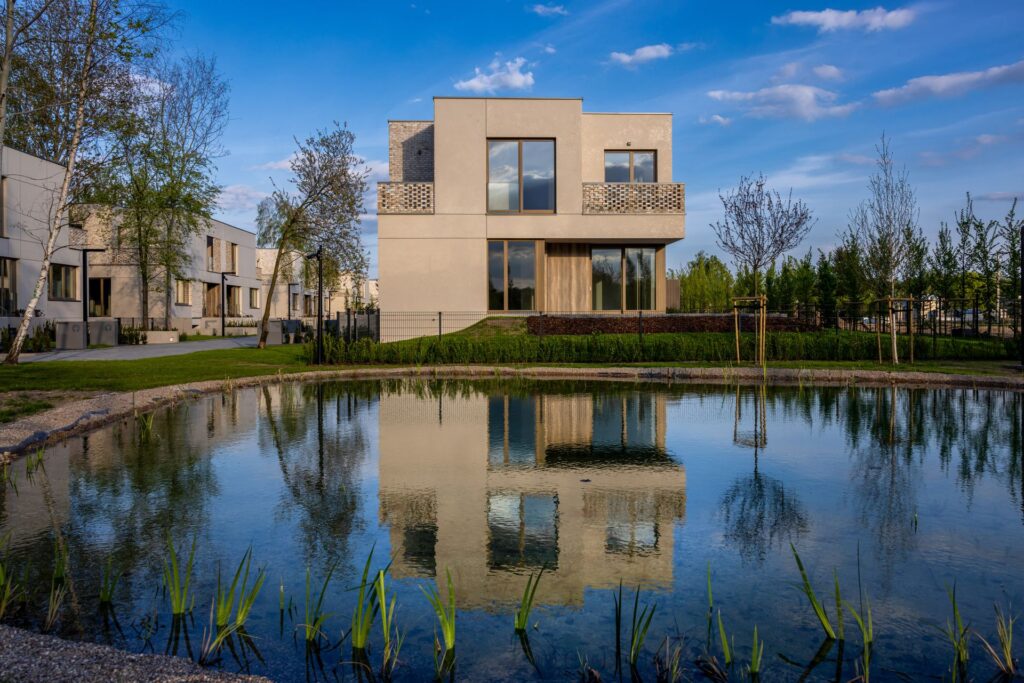
Disadvantages:
- Less flexibility—the layout, plot location, and technical standard are already fixed.
- More difficult to tailor the home to your individual needs—especially regarding energy efficiency or smart home automation.
- A finished house may look good—but you should always check whether the workmanship behind it is truly solid.
Does the Perfect Home Exist?
The perfect home—it sounds like a dream that’s hard to achieve. But is it really about perfection in the absolute sense? Or is it more about a home that’s perfectly suited to you—your needs, your lifestyle, and your priorities? In a world where the possibilities are nearly endless and the real estate market continues to evolve, the question isn’t: “Does the perfect home exist?” but rather: “How can I find or create it?”
How to Balance Your Needs with Market Reality?
There’s no single formula—every buyer faces their own set of dilemmas: location versus price, size versus finish, availability versus patience. That’s why it’s so important to clearly define your priorities from the outset. What is non-negotiable for you? Proximity to a school? Peace and quiet? A private garden? And what are you willing to compromise on—or let go of entirely?
Also keep in mind that the premium housing market—though more resistant to fluctuations than the mass segment—is still subject to trends, seasonality, and price changes. Sometimes it’s worth waiting, and sometimes acting quickly is the smarter move. Awareness is key—not haste.
What Can You Do Today to Start the Search?
- Create a realistic budget – including not only purchase or construction costs, but also additional expenses: legal fees, finishing, taxes, maintenance.
- Identify potential locations – make a “priority map” and compare it to current listings.
- Decide: build or buy? – and if you’re unsure, consider a “shell & core” property that you can finish to your liking.
- Explore both the primary and secondary market – don’t limit yourself to just one source.
- Speak with a real estate advisor – a good agent won’t just show you listings, but will also help you avoid costly mistakes.
The perfect home doesn’t need golden doorknobs or a pool with a mountain view. It simply needs to fit you. Finding such a place is a process—it requires decisions, patience, and a conscious approach. But the better prepared you are at the start, the closer you’ll be to your own definition of the perfect home.
Start with the question: “What do I truly need?”—and the answers will come sooner than you think.
0 głosów: 0 głosów w górę, 0 głosów w dół (0 punktów)





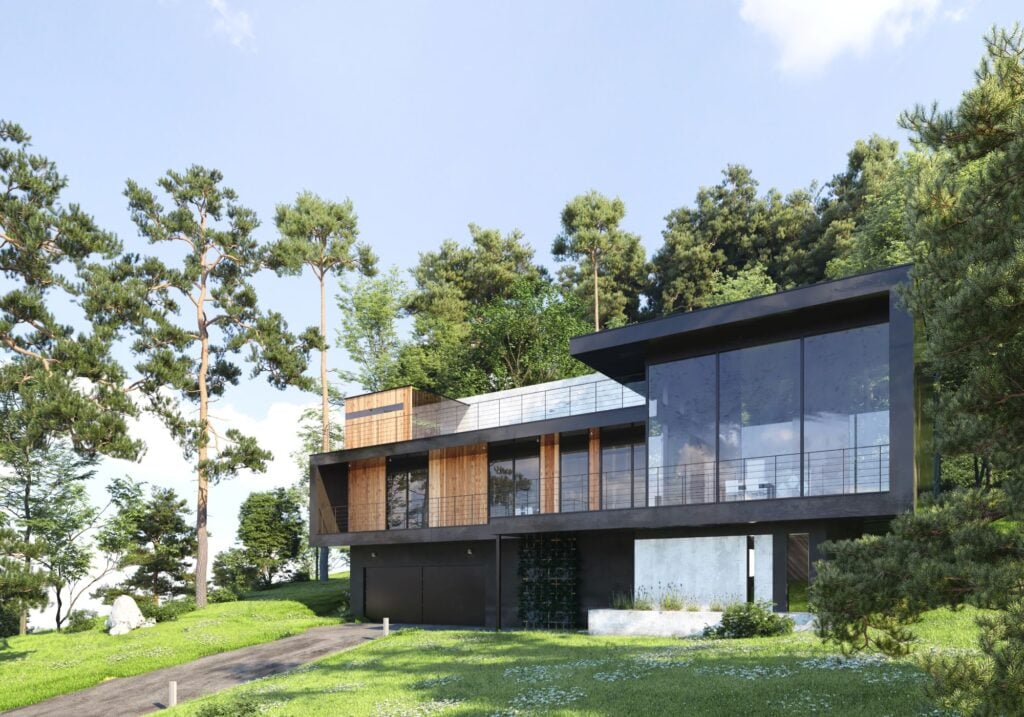
![[ENG] Life in Warsaw. 10 places you must visit in the city](https://livingredefined.pl/wp-content/uploads/2025/05/stare-miasto-warszawa-1024x630.jpg)
